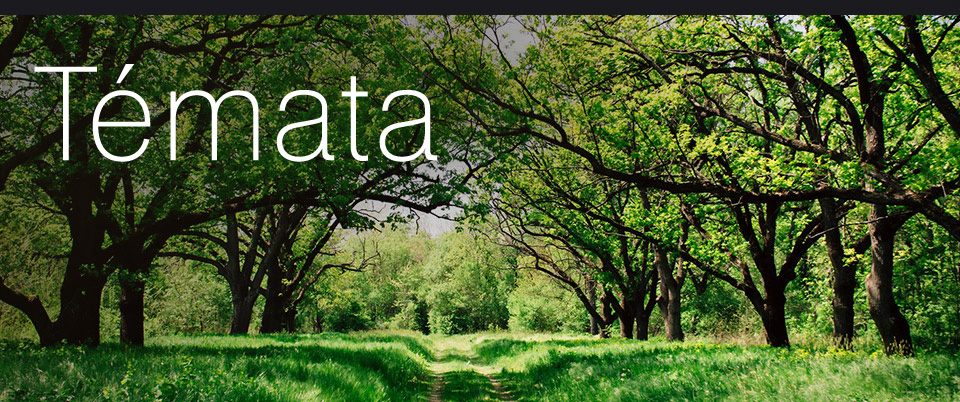First day in Mongolia (Ulaanbaatar, Monday, July 4, 2005)
Today is the first day of a three-week joint expedition of Czech Radio, the Chomutov Zoo and Zoo Dvur Kralove nad Labem. Its members Frantisek Pojer, Lubomir Peske, Kamil Cihak and Jan Schlindenbuch together with their Mongolian colleagues are planning to capture three black storks west of Ulaanbaatar and equip them with radio transmitters. One part of the expedition stayed in Ulaanbaatar today, the other set off for the river Tuul to search for Chingiz, a black stork we tracked last year.
Monastery in circus tent
One of the local Buddhist monasteries does not look as a holy place at all at first sight. A compound of several rotund buildings lost in a sea of prefab housing estates resembles a circus rather than anything else. In fact, a circus used to stand here and its former tents started to be converted into Buddhist shrines only recently. The Dashchoilon Khiid monastery was originally located elsewhere but its fate resembled that of most others - it was burned down at the time of Stalinist oppression at the end of the 1930's.
The drabber the outer face of the monastery, the more interesting is its interior. Perhaps the most impressive is the main shrine. Its walls are decorated with gigantic mandalas, and the place is dominated by a gold-plated, 3 metres high statue of Buddha on the altar in the middle, air filled with characteristic smell of burning oil lamps. We are lucky, a morning service is just taking place in one of the shrines. A crowd of worshippers is packed before a line of monks who tirelessly mumble holy mantras. Their contemplation is interrupted from time to time by a sharp sound of the gong or a blow on a mightily resonating whistle. After a while, al the worshipers stand up like one man and line up for blessing. The morning prayers ends with sacrifice of small gifts at the foots of the Buddha.
The other buildings in the monastery compound are quite busy, too. One of them is being refurbished; a group of bricklayers is being assisted by young monks. Next door, their older fellows collect donations for the renovation. Each donor even receives a receipt. Nuns embroider wall mandalas and the oldest monks receive people who find themselves in difficult life situations and give them blessing for money. There are about a hundred monks of different age living in the monastery.
Searching for Chingiz
"Nothing at all, unfortunately," were the first words Lubos uttered when he and Kamilem and our local collaborator Gombo returned from a trip to Chingiz' nest who was the first Mongolian "backpacker" stork. We equipped him with a transmitter last year some 50 km from Ulaanbaatar in the wide valley of the river Tuul. He wintered in northern Burma and returned to Mongolia in spring. However, his transmitter went silent before he reached the nest. We did not known for sure whether he would be at Tuul or not, so we were not surprised not to catch any signal at his last year's nest. We saw a stork start from the nest high on the cliff but it surely had no transmitter and the nest was otherwise empty...
Lubos' "nothing at all" referred also to our other hope in this area. Last year, we discovered another stork nest, which was empty then but frequented by a stork couple. We believed that at least one couple would settle here and that one of the nests would be inhabited. However, the other nest is abandoned, too. One of the possible reasons is a presence of an eagle owl that can endanger storks.
Tomorrow, we are going to see another location we visited last year and where female stork Tuya returned again, as our satellites suggest. If she is nesting successfully, her youngs must be grown up by now.


